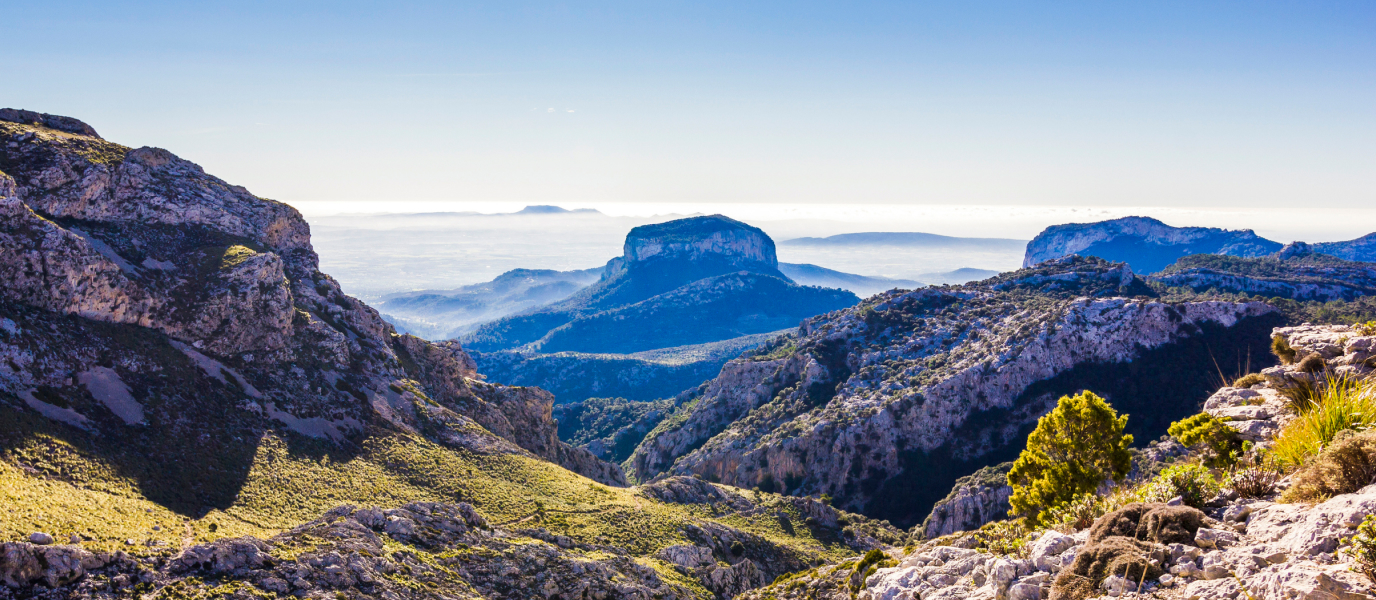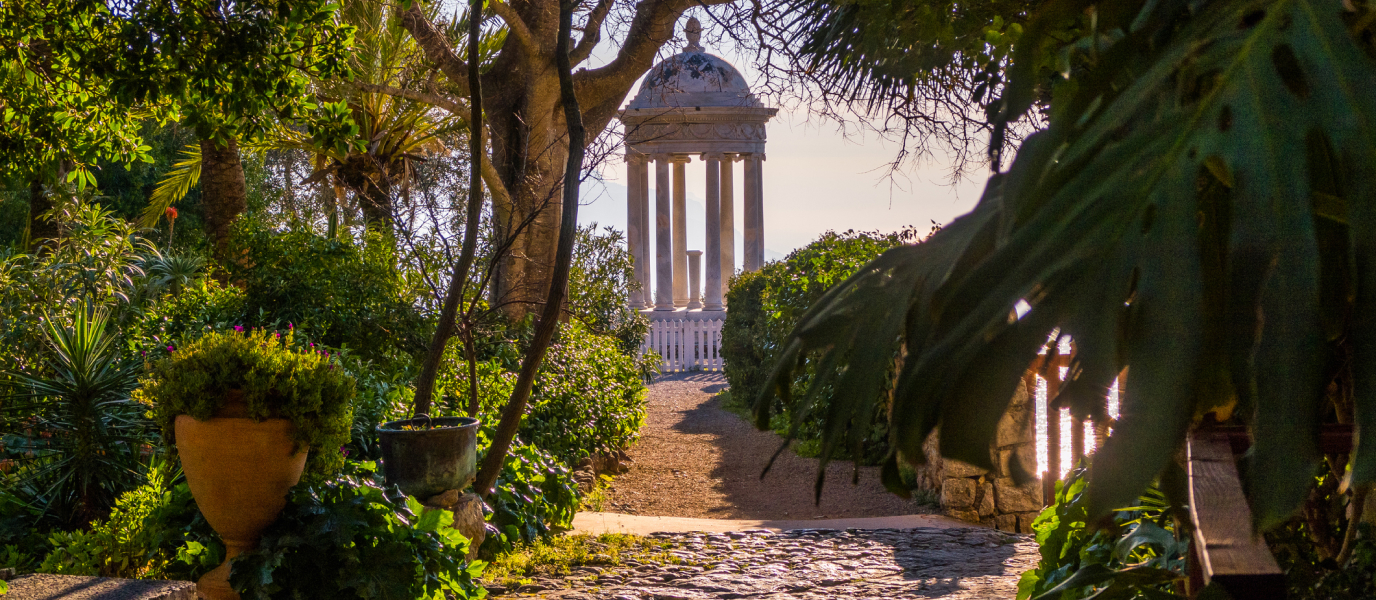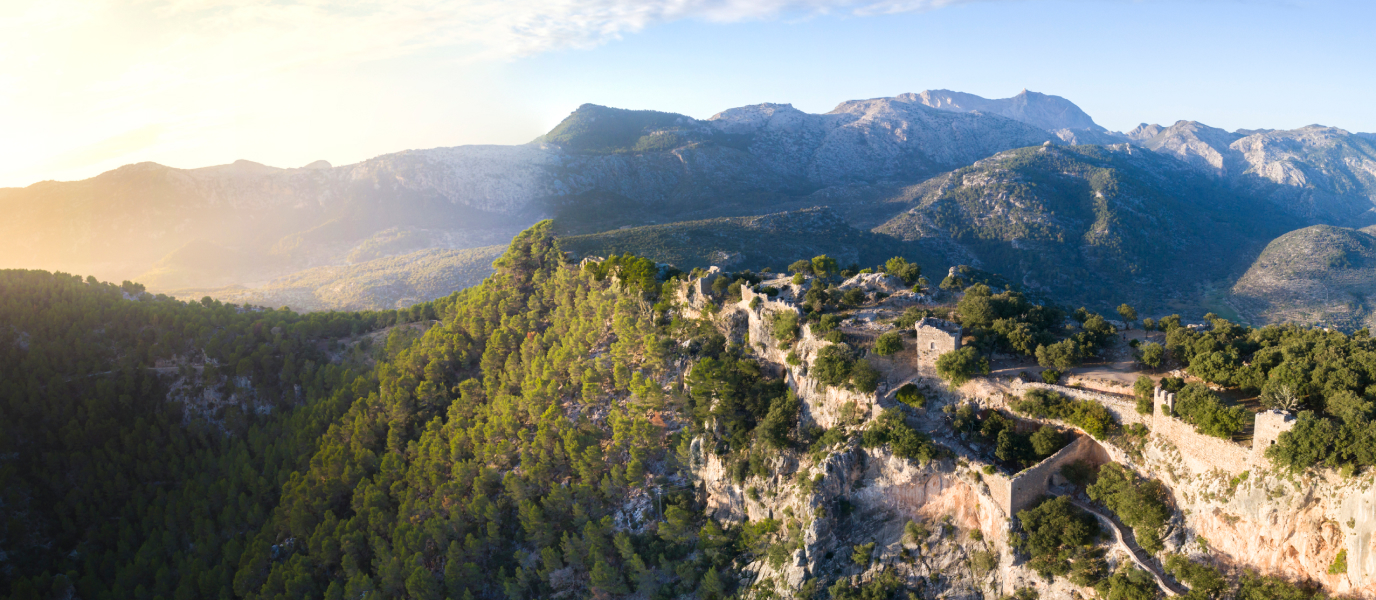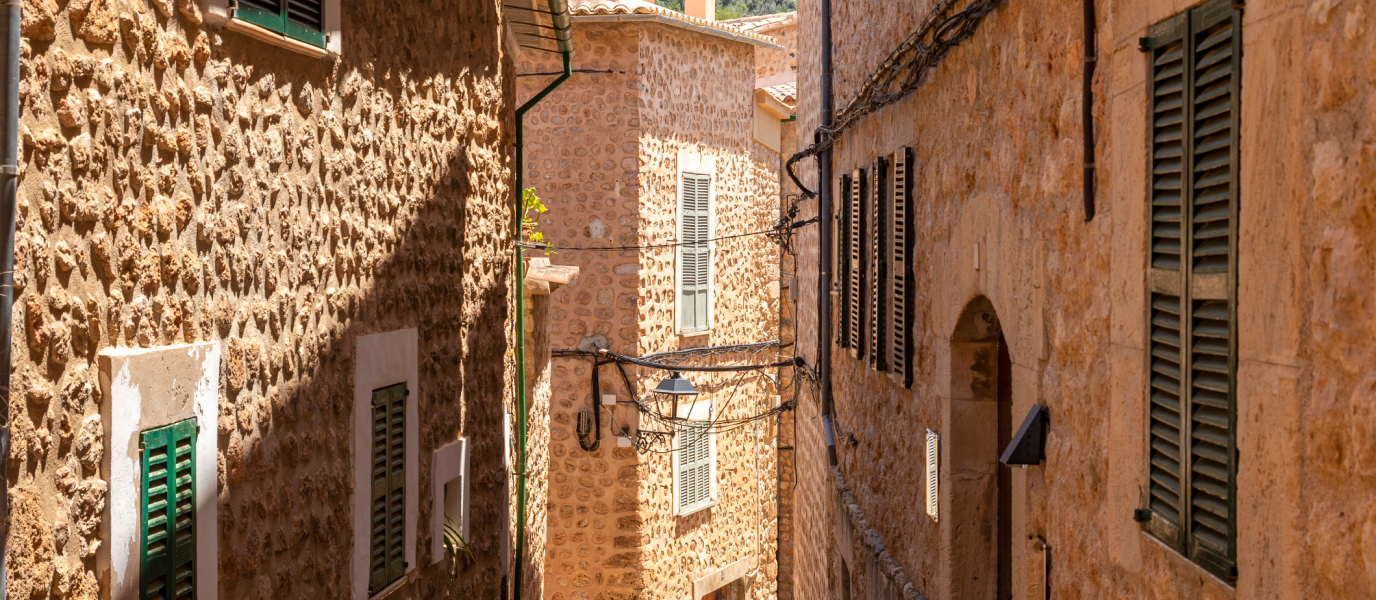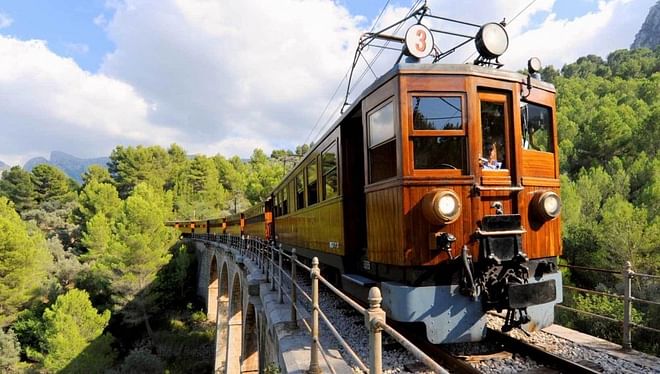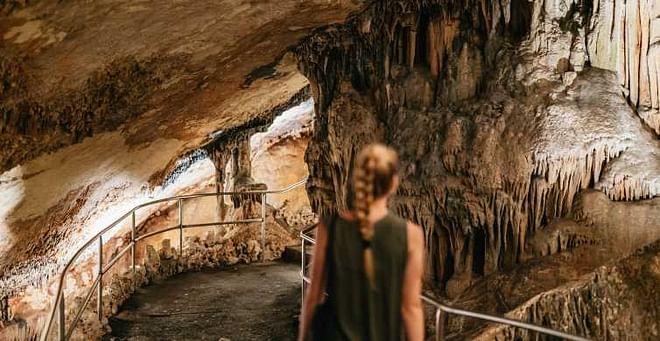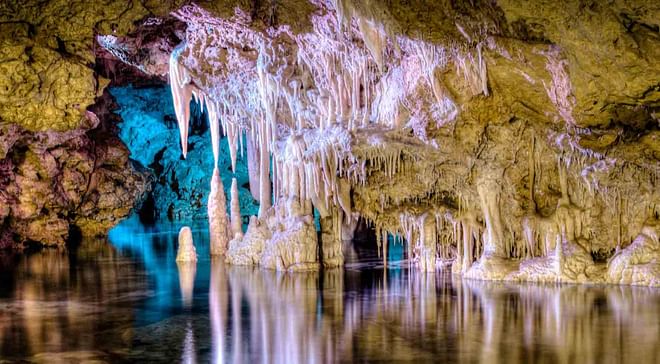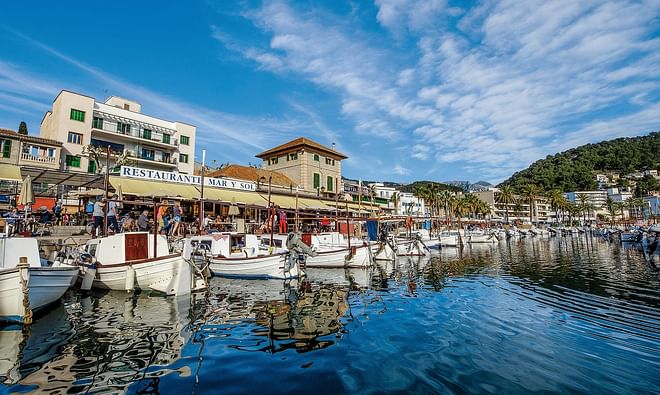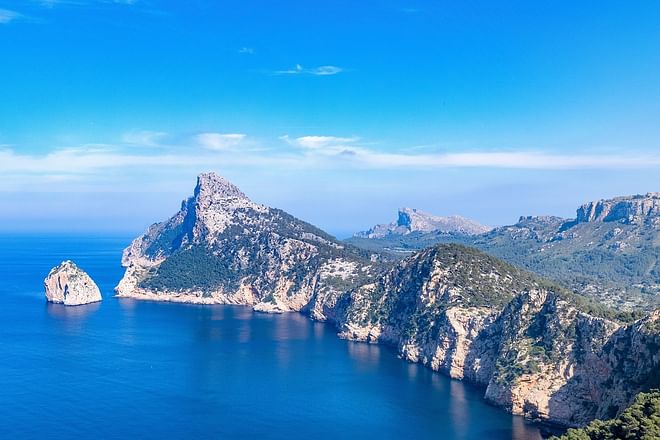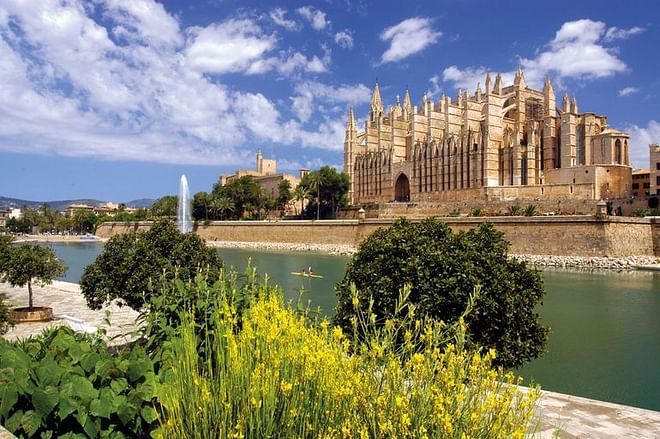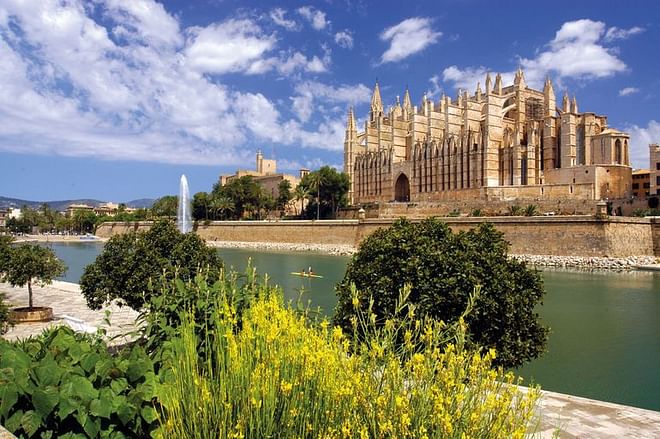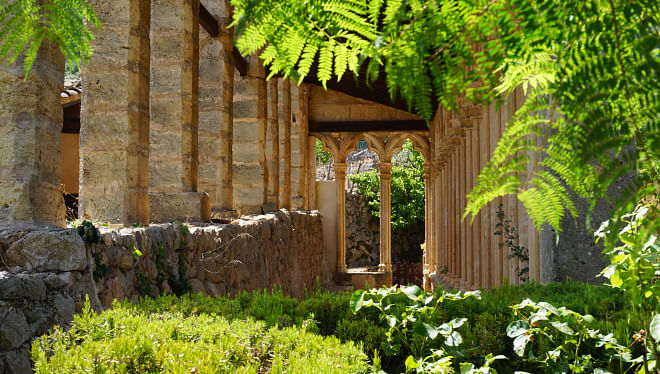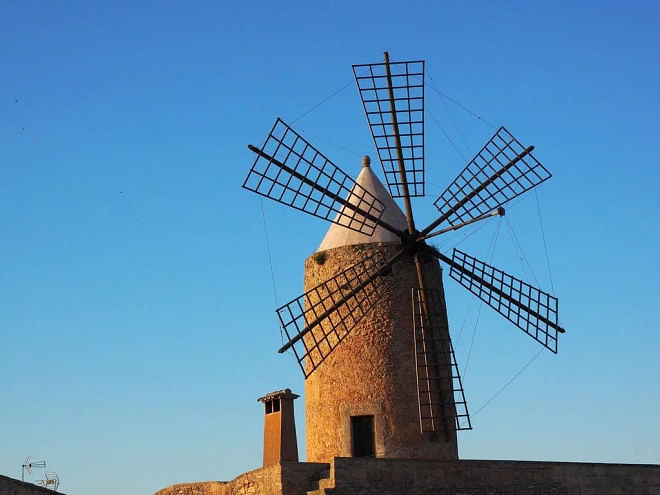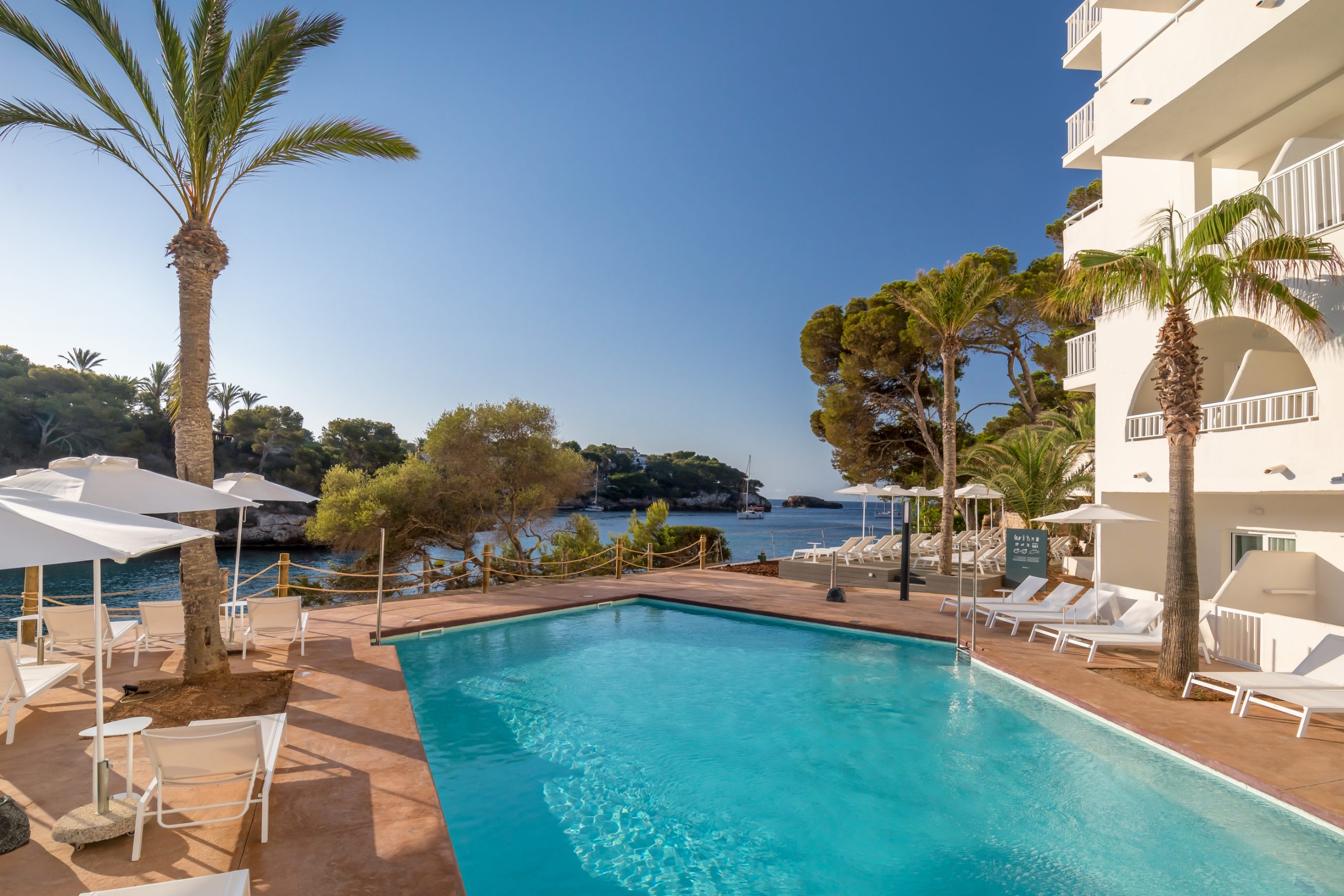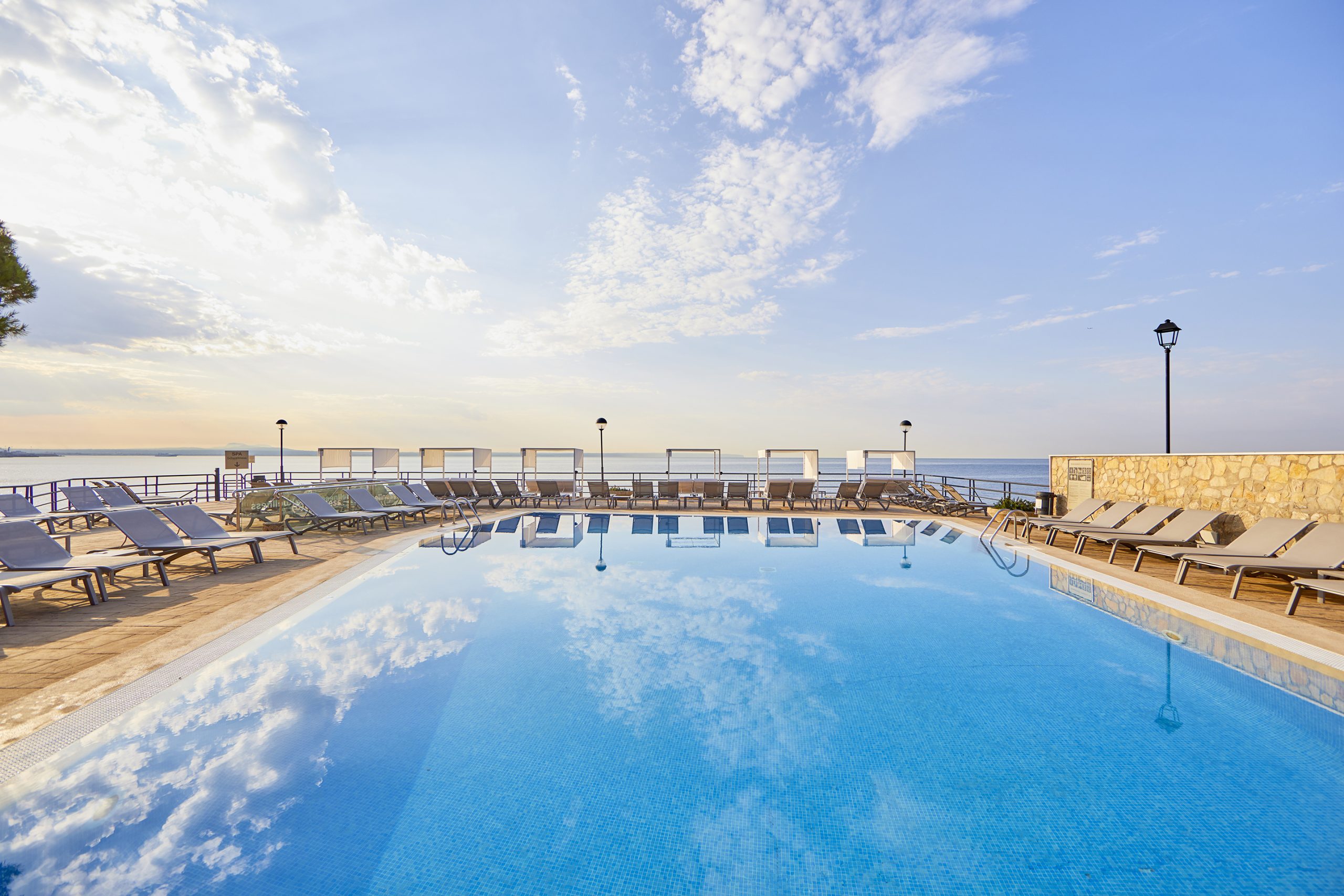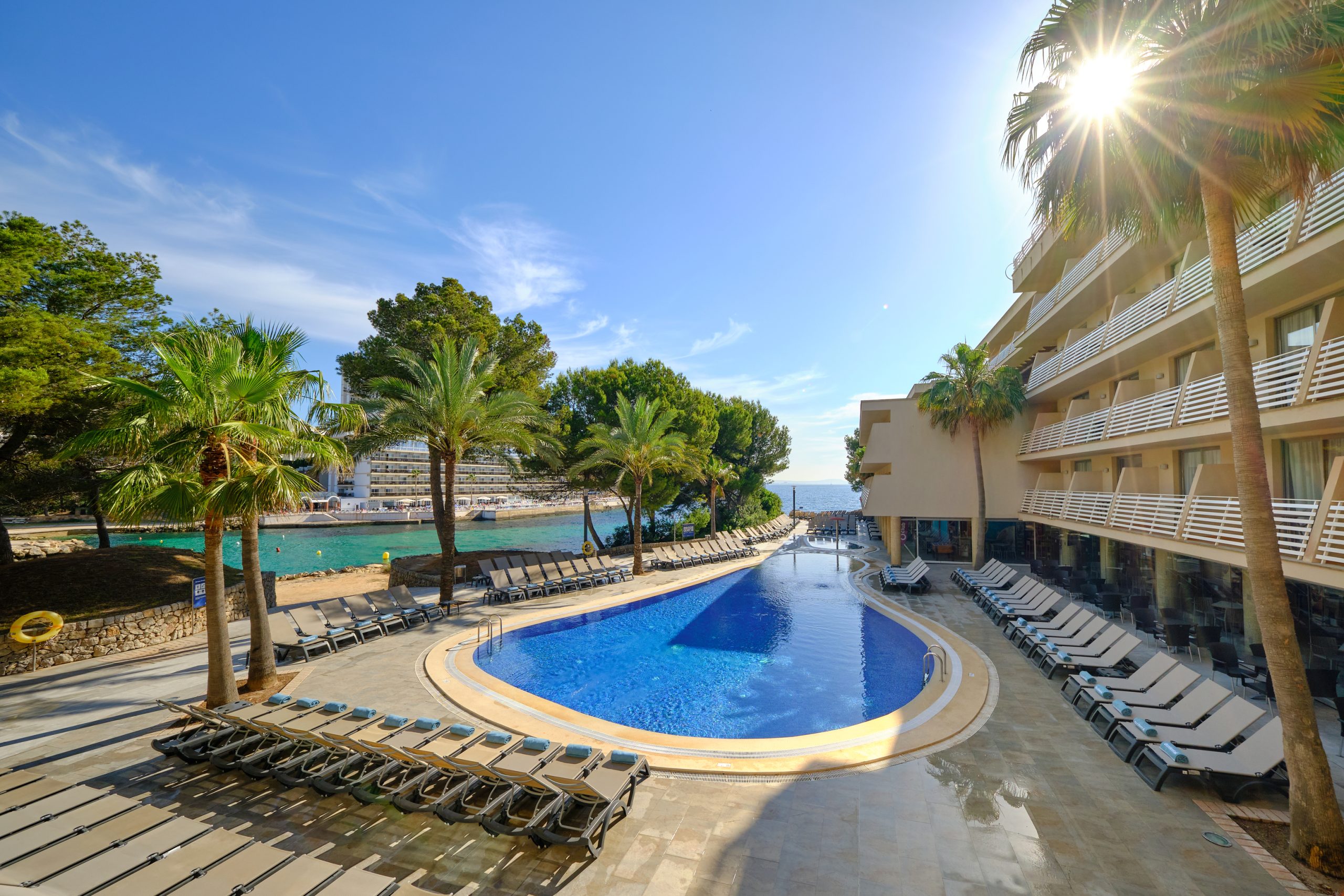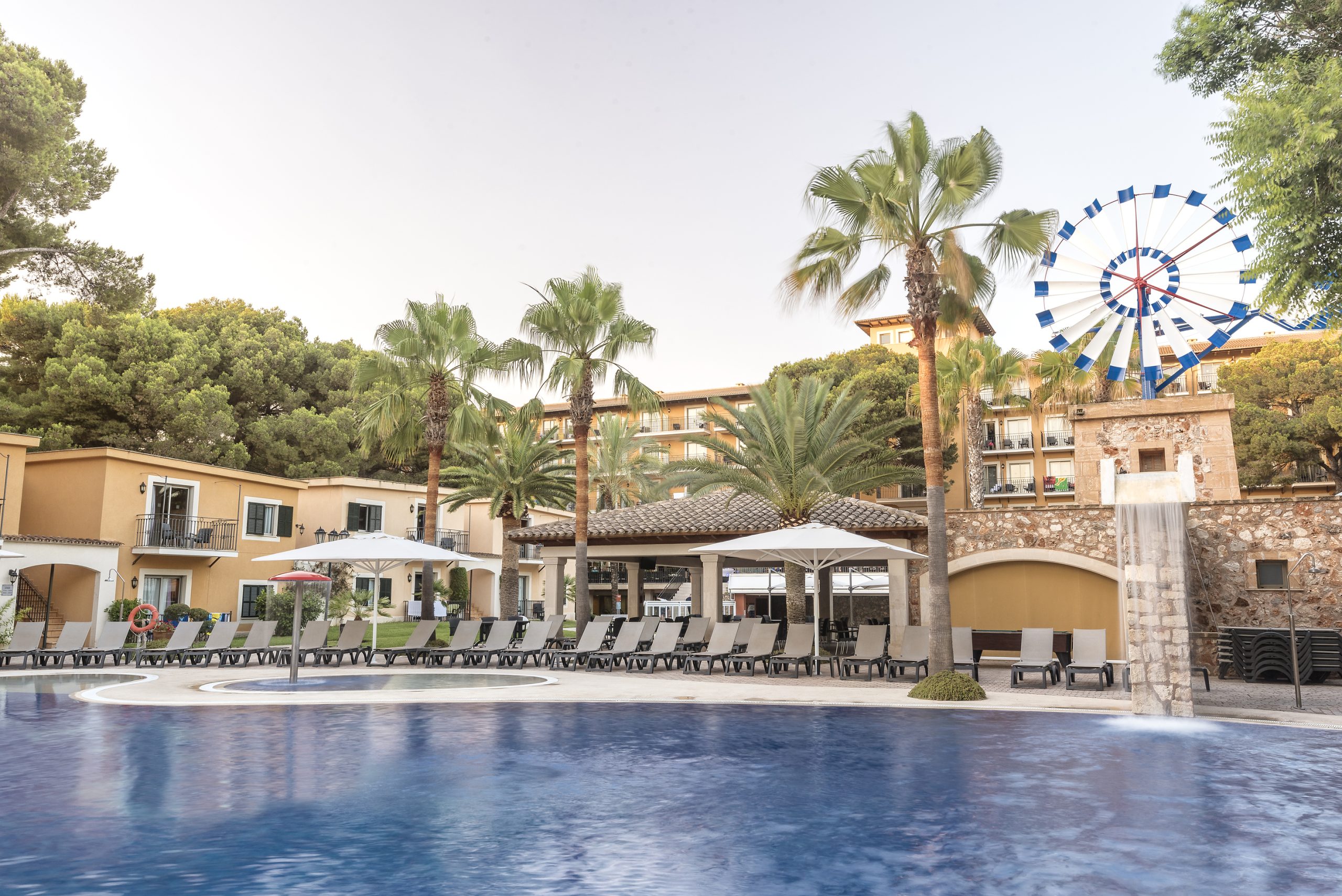Declared a World Heritage Site by UNESCO in 2011, in the category of Cultural Landscape, the Serra de Tramuntana is the backbone of Majorca. It is a destination you cannot miss if you want to get to know the geographical and geological diversity of the island. It stretches for 90 kilometres in the north-west of Majorca, between the Cap de sa Mola in Andratx and the prodigious Cap de Formentor. And it is dotted with staggered valleys and irregularly designed roads that save mountain passes and spectacular landscapes.
The mountain range covers just over 1,000 square kilometres and 20 towns. We are not talking about great heights, because the highest peak is Puig Major, with 1,445 metres of altitude, and in second place is Puig de Massanella, with 1,364 metres.
The Tramuntana mountain range, on foot or by bicycle
The best way to enjoy the Tramuntana mountain range is on foot or by bicycle. There are many travellers who, with map in hand, are preparing to go hiking in some unique area of this massif. The paths are not easy but the experience is extraordinary. The GR 221 crosses the mountain range under the name Ruta de la Pedra en Sec, the name given to a construction technique used in Majorca. And one of the best preserved stretches is the one that goes from Sóller to the peaks of Puig de l’Ofre and Es Cornadors. Needless to say, you must wear suitable footwear and clothing and not to go hiking alone.
You can also travel the Tramuntana mountain range by car although you have to drive with caution because the roads are narrow and have many sharp curves that, to compensate, go down cliffs of spectacular beauty.
Streams, waterfalls and springs
Naturally, this mountain range that is full of legends and myths invites you to go on excursions through a natural territory in the steep slopes of which goats, sheep and black vultures coexist. One of the most recommended places is the Puig de Galatzó Reserve, located on the eastern slope of the imposing Puig de Galatzó peak, in the southern part of the mountain range. It is an area that is full of streams, waterfalls and natural water springs that are born in impressive rock formations.
In this privately managed park, there are signposted paths that provide information on the native flora and birds of the area. Nearby, there are also some typical huts where coal workers once lived, known as carboneras, and the Cova des Moro (Moor cave). In this reserve you can practice many outdoor sports, such as climbing and archery.
Dreamy landscapes
Just six kilometres from the Puig de Galatzó Reserve is Puigpunyent, a quiet agricultural town with an interesting 17th century church. And a little further on, you will arrive at Galilea, a refuge for artists that in itself looks like a viewpoint over the Mediterranean. The northern slopes of the Tramuntana mountain range offer dreamy landscapes. The road crosses tunnels and cliffs, despite this it is very safe if the right precautions are taken. You should take caution in the section that goes to Port d’es Canonge and Port de Valldemossa.
Next to the Tramuntana mountain range we find places of tourist interest as indisputable as Estellençs, a small town with rustic stone houses with Arab tiles, which has a church from the 17th century. You will also find Andratx, a picturesque town of cobbled streets, and Banyabulfar, a small town of Arab origin surrounded by terraces that go down to the sea. The Ses Ànimes viewpoint offers a fascinating view of the north-west coast of the island next to an old defence tower from the 16th century.
Urban settlements in the mountains
The main urban settlements in the Tramuntana mountain range are Sóller, Valldemossa, Pollença, Deià, Estellençs and Andratx, each with their own characteristics. Sóller is a very attractive town located in the shade of Puigmajor’s peak and in a beautiful valley lined with orange trees, holm oaks and olive trees. It is always very lively and has nice bustling cafés among modernist buildings.
Here the old local electric train, known as the ‘Red Arrow’, makes a tourist route to Palma de Mallorca through the mountains. During the 27-kilometre journey, the convoy enters sections of elevated peaks and valleys of the Tramuntana mountain range. Another option is to take an old tram with the destination Port de Sóller. This route takes just 15 minutes.
In the Tramuntana mountain range you will find one of the first churches of the Christian Majorca. It is the Sant Pere d’Escorca church and dates from the 13th and 14th centuries. And also the Lluc monastery (16th century), a Marian centre to which many people come on Christmas Eve to attend its famous Midnight Mass in which the children’s choir Els Blauets takes part.
Pirates in the Tramuntana mountain range
There is documentary evidence that the Tramuntana mountain range has been inhabited since 3,000 B.C. and that pirates roamed the area in the 16th century. That is why the Balearic coast has so many towers and defensive fortresses. So all that is left to do now is to grab a map of the Tramuntana mountain range and enjoy its numerous attractions.




































































